Category:Scraping Tools
Top 3 ScrapFly Alternatives of 2025

Lead Software Engineer
You can't test ScrapFly web scraping api without handing over your phone number for SMS verification, and your account can get suspended without explanation. On top of that, the actual cost per request can spike unpredictably depending on which domains you're scraping.
If you're looking for alternatives that don't gate access behind verification walls or hide pricing complexity, here are 3 options that deliver comparable or better performance without the friction.
| API Name | Avg. Success Rate | Avg. Response Time | Starting Price | Avg. Price per 1K Requests |
|---|---|---|---|---|
| ScrapFly | N/A | N/A | $30 | $4.11 |
| Scrape.do | 98.19% | 4.7s | Freemium | $0.80 |
| ZenRows | 92.64% | 10.0s | $69 | $4.48 |
| ScrapingBee | 92.69% | 11.7s | $49 | $3.90 |
The table above compares ScrapFly with three tested alternatives based on independent benchmark data from the best web scraping APIs run across Amazon, Indeed, GitHub, Zillow, Capterra, Google, and X (Twitter). ScrapFly couldn't be tested due to access restrictions, so performance metrics are marked as N/A.
What ScrapFly Does Well
Before we cover alternatives, here's what ScrapFly gets right.
Open-Source Libraries and Integrations
ScrapFly provides native integrations with AI platforms like LangChain and LlamaIndex, plus automation tools including Zapier, Make, and N8N.
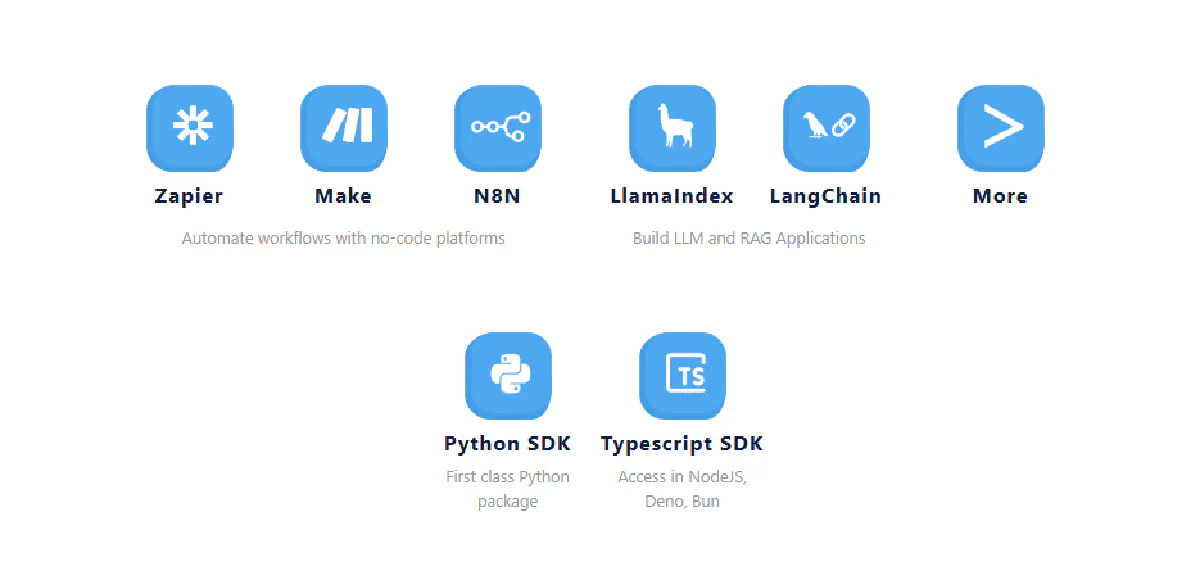
The platform offers SDKs for Python, TypeScript, and Scrapy, making it easier to plug into existing workflows without writing custom wrappers.
The scrapfly-scrapers GitHub repository has 662 stars and includes ready-to-use scraper templates for 40+ popular domains. These templates handle common parsing patterns for sites like Amazon, LinkedIn, and Twitter, giving developers tested starting points instead of building from scratch.
Dedicated Screenshot API
ScrapFly's Screenshot API handles full-page captures, element-specific screenshots, viewport customization, and format conversion (PNG, JPEG, WebP).
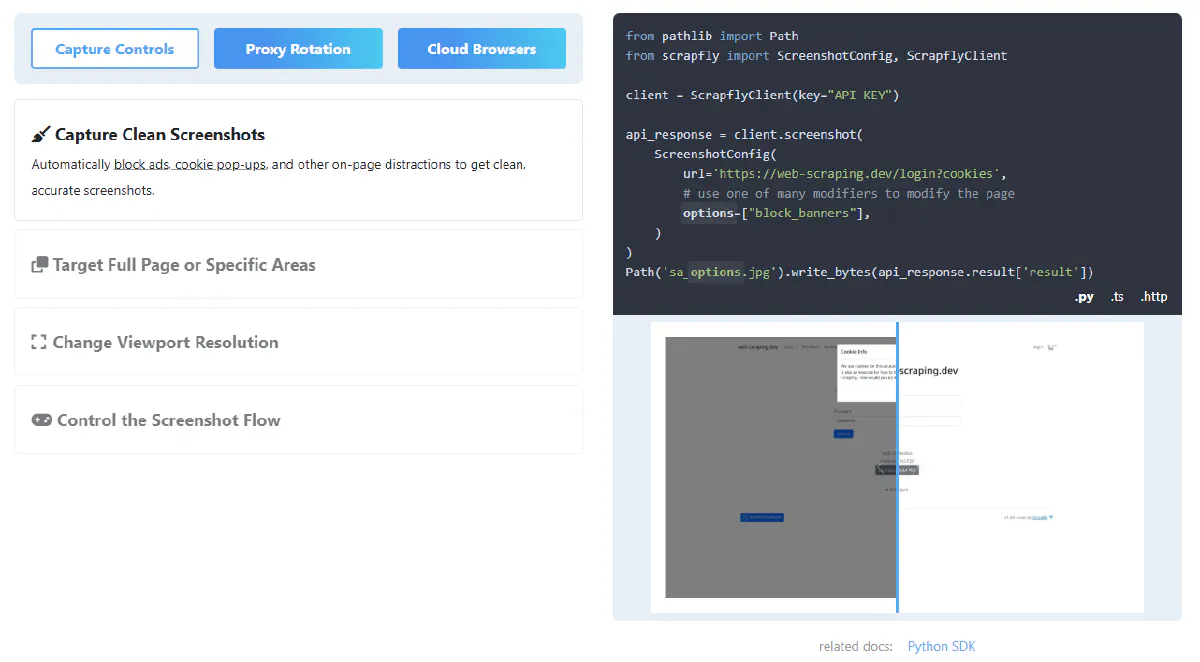
If you need programmatic screenshot capture with rendering control, ScrapFly offers more options than most scraping APIs that treat screenshots as an afterthought.
Downsides of ScrapFly
You wouldn't be here if it was all sunshine with ScrapFly.
Here's what can go wrong with the scraping API:
Forced SMS Verification
Unlike every other scraping API provider, ScrapFly requires phone verification to access the service.
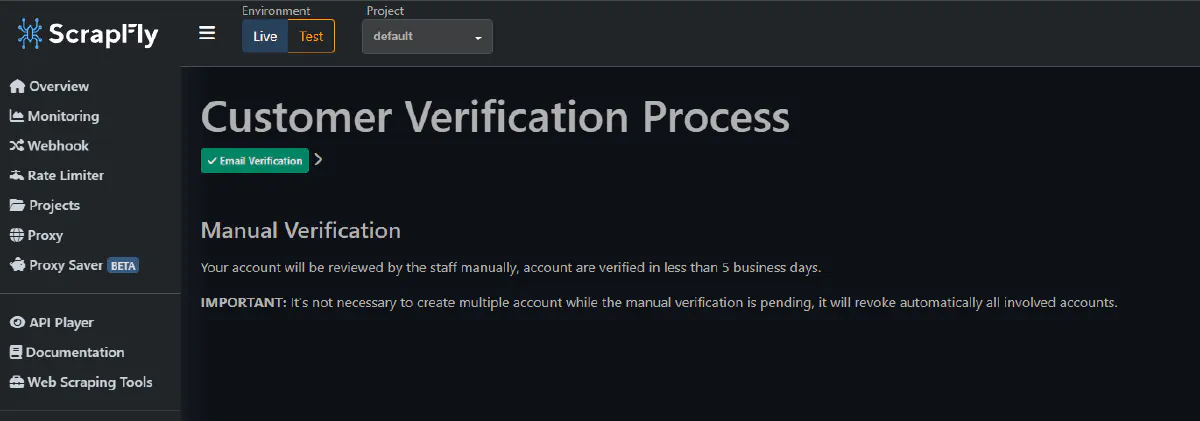
This verification requirement makes testing the platform before committing nearly impossible, and the ban reports suggest inconsistent enforcement of terms.
Hidden Pricing Spikes
ScrapFly's base pricing suggests $30 for 200K requests, but the actual cost depends heavily on which domains you're scraping.
Reviews mention that certain websites force higher credit consumption, and the 30-credit combination (render + residential proxies) can cut your effective request count from 200K down to 6,666.
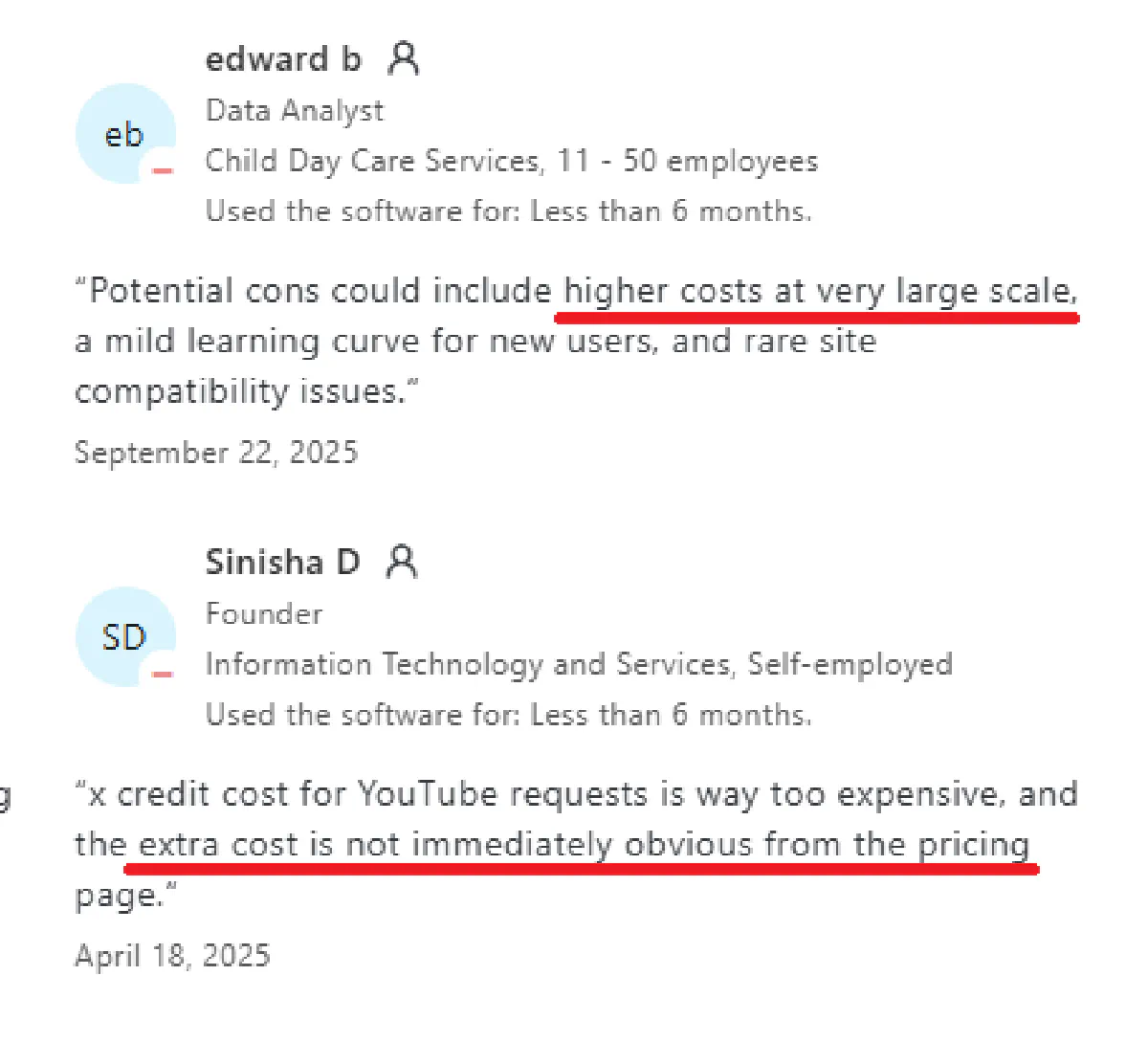
The lack of transparent per-domain pricing makes it hard to predict actual costs before you start scraping.
1. Scrape.do
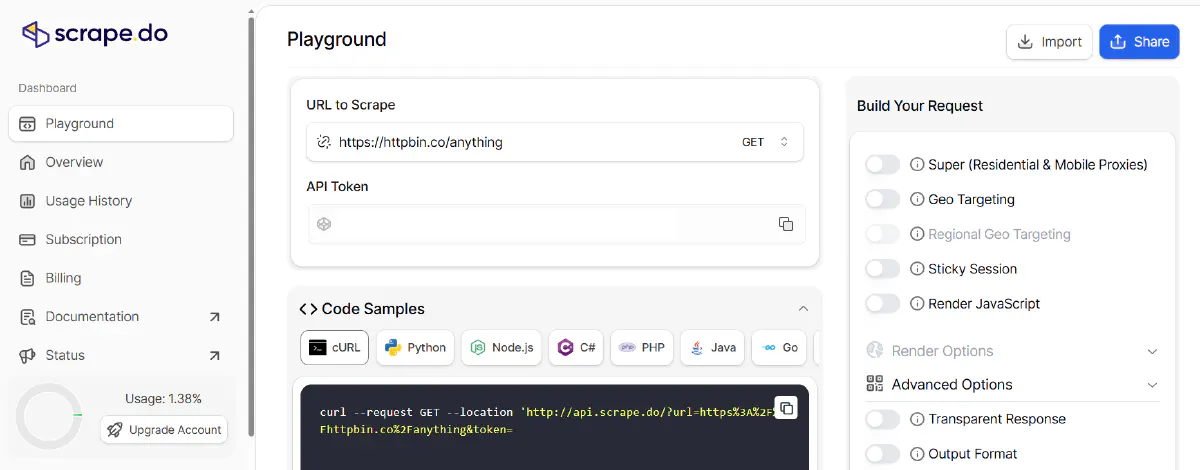
Scrape.do is a scraping API that delivers near-perfect success rates without verification gates or unpredictable pricing spikes.
The platform achieved 98.19% average success rate across seven challenging domains in independent testing, with response times averaging 4.7 seconds.
The freemium plan includes 1,000 requests monthly with no phone verification required, and the transparent credit multiplier system (5x for rendering, 10x for premium proxies, 25x for both) makes cost forecasting straightforward.
Pros
- Unmatched speed and reliability: Hit 98.19% success rate and 4.7-second average response time across various domains. That's faster than every tested competitor and more reliable than all but one.
- No SMS verification, start scraping instantly: Create an account and start testing within seconds. No phone number required, no manual approval process, no unexplained bans.
- Freemium plan and transparent pricing: 1,000 requests monthly for free, then $29 for 250K requests. The credit multiplier system is clearly documented, and pricing stays consistent across domains.
Cons
- Missing some integrations on AI platforms: No native LangChain or LlamaIndex support yet. You'll need to write custom wrappers if your workflow depends on these tools.
- Only Scrapy SDK available: Official SDKs exist for Scrapy but not for other frameworks.
ScrapFly vs Scrape.do
Scrape.do has a better learning curve and instant access because there's no verification barrier. The pricing structure is transparent with no hidden per-domain multipliers, making budget planning predictable.
ScrapFly offers more developer resources, integrations with AI platforms, and a dedicated screenshot API. If your workflow depends on LangChain or you need advanced screenshot capabilities, ScrapFly's tooling might justify the friction. Otherwise, Scrape.do delivers faster results with less setup complexity.
Check in-depth comparison of Scrape.do vs ScrapFly or start free with Scrape.do and see the difference for yourself.
2. ZenRows
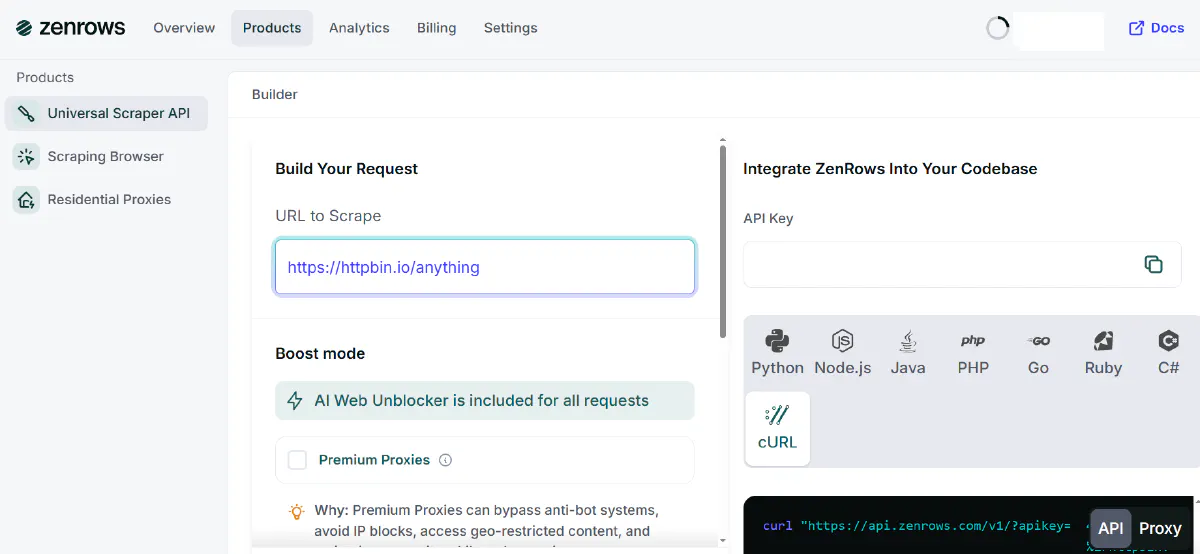
ZenRows is a scraping API that automatically handles JavaScript rendering, CAPTCHAs, and WAF protection with 55 million residential proxies across 190+ countries.
The platform achieved 92.64% average success rate in testing with response times averaging 10.0 seconds, making it the second-fastest provider after Scrape.do. The downside is aggressive pricing: ZenRows forces both rendering and premium proxies on certain domains, eliminating any cost optimization opportunities and pushing the average cost per 1K requests to $4.48.
Pros
- No SMS verification, get started instantly: Create an account and start scraping without phone verification or manual approval processes.
- Strong speed performance: Averaged 10.0 seconds per request, beaten only by Scrape.do. GitHub came back in 2.5 seconds, Zillow in 3 seconds, and Indeed in 4.8 seconds.
Cons
- High starting price at $69: The Developer plan costs $69/month, more expensive than most alternatives. That $69 only includes 10K protected results (with both rendering and premium proxies enabled).
- Prices increase because render and premium are forced for some domains: ZenRows automatically enables both parameters on certain websites even when competitors don't require them. This forces you to spend 25 requests per call instead of 1, with no option to test cheaper configurations.
ScrapFly vs ZenRows
ZenRows has fewer SDKs and integrations than ScrapFly, but still maintains open-source projects and community resources. For domains where ZenRows forces full parameter combinations, pricing becomes equally expensive as ScrapFly (both around $4-4.50 per 1K).
ZenRows costs more upfront ($69 vs $30) but offers better customer support and clearer service terms. The key difference is that ZenRows doesn't require SMS verification, making it accessible for testing before committing to a paid plan.
3. ScrapingBee
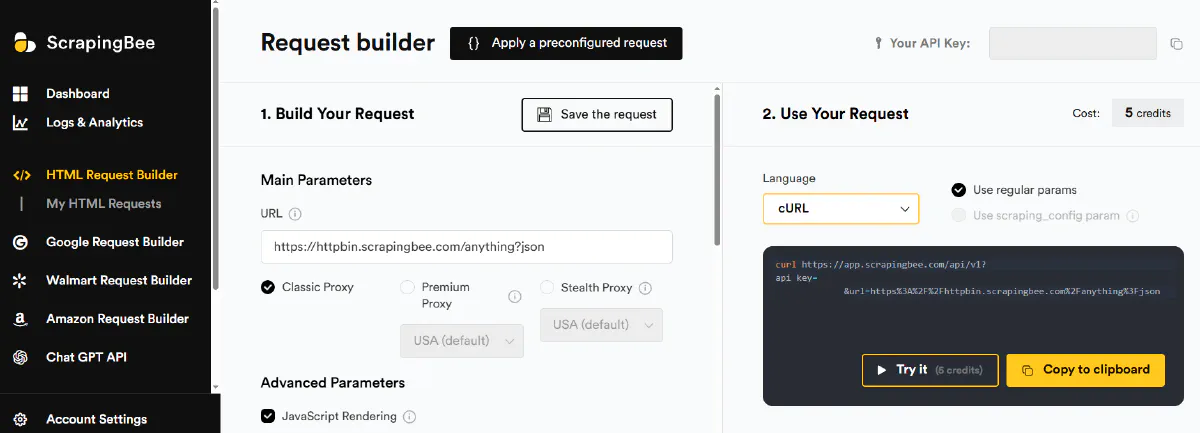
ScrapingBee manages headless browsers and rotating proxies with an emphasis on ease of use, including an AI-powered extraction engine that accepts plain-English instructions.
The service achieved 92.69% average success rate in testing with response times averaging 11.7 seconds.
ScrapingBee excels on standard targets like Amazon (99.11%), Indeed (99.29%), and X (99.6%), but struggles on protected sites where costs spike from $0.20 to $15 per 1K requests.
Pros
- Success rate is solid: Hit 92.69% average with near-perfect performance on mainstream targets. GitHub reached 100% success, Indeed 99.29%, and X 99.6%.
- Ready-to-use APIs for Google and popular domains: Includes specialized endpoints for search engine results and structured data extraction, reducing the parsing work required on your end.
Cons
- Slower compared to other alternatives: Averaged 11.7 seconds per request, slower than both Scrape.do (4.7s) and ZenRows (10.0s). GitHub was the exception at 3.2 seconds.
- Base price of $0.20 can spike to $15 for some domains: Capterra required stealth proxies that cost 75 credits per request, multiplying the effective cost by 75x. This unpredictability makes budget planning difficult.
ScrapFly vs ScrapingBee
ScrapingBee offers ready-to-use APIs for extracting structured content from Google SERPs, saving parsing effort on common use cases. ScrapFly provides more developer resources, better documentation, and broader integration support.
ScrapFly's starting price is lower ($30 vs $49), but the average cost per 1K requests is similar once you account for domain-specific multipliers ($4.11 vs $3.90).
What to Pick?
- For instant access, transparent pricing, and best API results: Scrape.do delivers 98.19% success rates and 4.7-second response times with no verification barriers and clear cost multipliers.
- For second-fastest speeds with broad coverage: ZenRows hits 92.64% success and 10.0-second response times, though the $69 starting price and forced parameter combinations increase costs.
- For structured SERP extraction: ScrapingBee provides ready-made endpoints for Google results and mainstream sites with 92.69% success, but watch for pricing spikes on protected domains.
Scrape.do combines near-perfect success rates (98.19%) with the fastest response times (4.7s) and the most affordable cost-per-request ($0.80), all while offering a generous free tier to test before committing.

Lead Software Engineer












